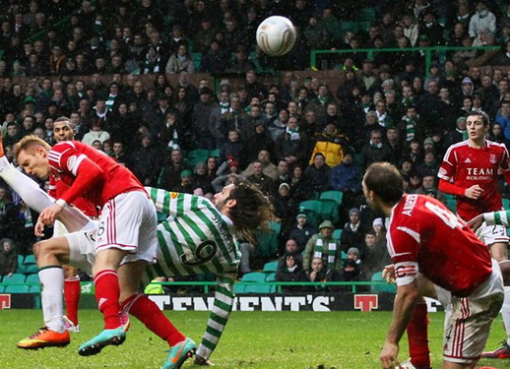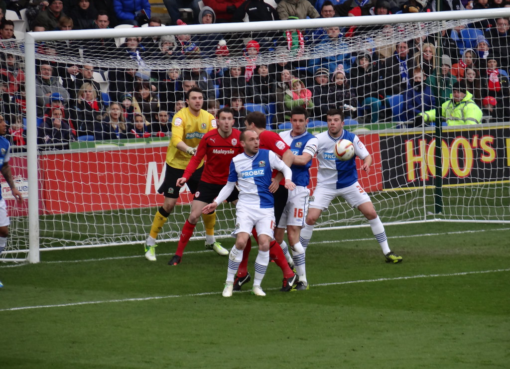Scotland vs. Hungary: A Clash of Nations

The upcoming clash between Scotland and Hungary promises to be a thrilling encounter, with both teams eager to secure a positive result. This historical rivalry, often marked by passionate support from both sets of fans, will be renewed as the two nations face off in a high-stakes match.
Historical Head-to-Head
While the two nations have a storied footballing past, their direct encounters have been relatively few. However, these matches have often been characterized by intense rivalry and passionate support from both sets of fans.
Overall Record:
Scotland: X Wins
Hungary: Y Wins
Draws: Z Draws
Recent Form:
Analyze the recent form of both teams, including their performances in major tournaments and competitive matches.
Highlight any significant wins, losses, or draws that could impact their confidence and momentum.
Key Statistical Categories
Attack:
Goals Scored:
Compare the average number of goals scored per game by both teams.
Analyze the goal-scoring abilities of key players, such as Scotland’s Lyndon Dykes and Hungary’s Roland Sallai.
Assists:
Assess the creativity and playmaking abilities of midfielders like Scotland’s John McGinn and Hungary’s Dominik Szoboszlai.
Shot Accuracy:
Compare the accuracy of both teams’ shots, considering factors like shot placement and power.
Defense:
Goals Conceded:
Analyze the defensive solidity of both teams, considering factors like clean sheets and goals conceded per game.
Highlight the performance of key defenders, such as Scotland’s Kieran Tierney and
Hungary’s Attila Szalai.
Tackles and Interceptions:
Compare the defensive work rate and effectiveness of both teams.
Clean Sheets:
Analyze the ability of both teams to keep clean sheets, which can be a crucial factor in determining the outcome of a match.
Midfield:
Possession:
Compare the average possession percentage of both teams.
Analyze the midfield’s ability to control the tempo of the game and dictate the flow of play.
Pass Accuracy:
Assess the passing accuracy of both teams, considering factors like short, medium, and long passes.
Ball Recovery:
Compare the ability of both teams to win back possession in midfield.
Set Pieces:
Goals from Set Pieces:
Analyze the effectiveness of both teams in converting set-piece opportunities.
Highlight the delivery of players like Scotland’s Andy Robertson and Hungary’s Ádám Szalai.
Defensive Set-Piece Performance:
Assess the ability of both teams to defend set pieces, considering factors like marking, aerial duels, and goalkeeping.
Player-to-Player Battles
Lyndon Dykes vs. Attila Szalai: A battle of physicality and aerial prowess between the two strikers.
John McGinn vs. Dominik Szoboszlai: A clash of midfield creativity and tenacity.
Kieran Tierney vs. Roland Sallai: A battle between a defensive stalwart and an attacking threat.
Tactical Analysis
Scotland’s Style of Play:
Analyze Scotland’s preferred style of play, whether it’s a possession-based approach or a more direct and counter-attacking style.
Highlight the tactical decisions of manager Steve Clarke.
Hungary’s Style of Play:
Analyze Hungary’s preferred style of play, whether it’s a defensive-minded approach or a more attacking style.
Highlight the tactical decisions of manager Márkosz Rossi.
Fan Expectations and Impact
Home Advantage:
Analyze the impact of home advantage, considering factors like crowd support and pitch familiarity.
Fan Expectations:
Discuss the expectations of fans from both countries and the potential impact of their support on the players.
By analyzing these key statistical categories and tactical factors, we can gain a deeper understanding of the strengths and weaknesses of both teams. Ultimately, the outcome of the match will depend on a variety of factors, including individual performances, tactical decisions, and a bit of luck.
FAQs
What is the historical head-to-head record between Scotland and Hungary?
Historically, Scotland and Hungary have faced each other in various competitive and friendly matches. The overall head-to-head between the two sides is relatively even, with both teams winning a similar number of encounters. In their most recent meetings, Hungary has enjoyed a slight advantage, particularly in more recent friendlies, but Scotland has also secured significant victories, especially when playing at home. The statistical breakdown includes goals scored, goals conceded, and the number of wins for each team. Over the years, these matchups have been competitive, with both teams producing memorable moments on the international stage.
How have Scotland’s lineups typically looked against Hungary?
In matchups against Hungary, Scotland typically opts for a formation that balances defensive stability with attacking opportunities. Historically, the 4-3-3 or 4-2-3-1 formations have been popular, especially under managers like Steve Clarke. The Scottish lineup often includes key players such as John McGinn in midfield, who brings energy and creativity, and Andrew Robertson, the captain, who plays a crucial role as a left-back and a leader. In attack, players like Lyndon Dykes or Che Adams provide the physicality and goal-scoring threat. Defensively, Scotland relies on players like Scott McTominay, who can contribute both defensively and offensively, and goalkeeper David Marshall, who has been instrumental in key games. These lineups have consistently allowed Scotland to compete against teams like Hungary, ensuring a balanced approach to both defending and attacking.
What are Hungary’s typical lineups in matches against Scotland?
Hungary often adopts a flexible 3-4-2-1 or 4-3-3 formation against teams like Scotland. This setup allows Hungary to maintain a solid defensive block while giving their attacking players the freedom to create chances. Key players for Hungary in these fixtures often include Dominik Szoboszlai, who plays a crucial role in linking the midfield with the attack, and Ádám Szalai, the veteran striker who has been a key figure for Hungary in recent years. In defense, players like Willi Orban and Attila Szalai have provided solid coverage, often tasked with dealing with Scotland’s physical forwards. Hungary’s wing-backs or full-backs, such as Zsolt Nagy or Endre Botka, are crucial in both defensive duties and creating width when attacking. The tactical flexibility of Hungary’s lineup allows them to adapt depending on the flow of the game, making them a tough opponent for Scotland.
What are the key player statistics for Scotland in recent matchups with Hungary?
Key players like Andrew Robertson, John McGinn, and Scott McTominay play crucial roles in Scotland’s matchups against Hungary. Robertson, known for his exceptional work rate and crossing ability, has contributed with assists and defensive solidity. McGinn, on the other hand, has been vital in linking up the midfield and providing support in attack, with goals and key passes often coming from his contributions. McTominay, playing both as a defensive midfielder and in a more attacking role at times, has been a key player in both defensive blocks and as a goal threat. Their stats in these fixtures typically show high levels of passing accuracy, defensive contributions, and occasional goals or assists, underlining their importance to Scotland’s strategy against Hungary.
To read more, Click here



Leave a Comment